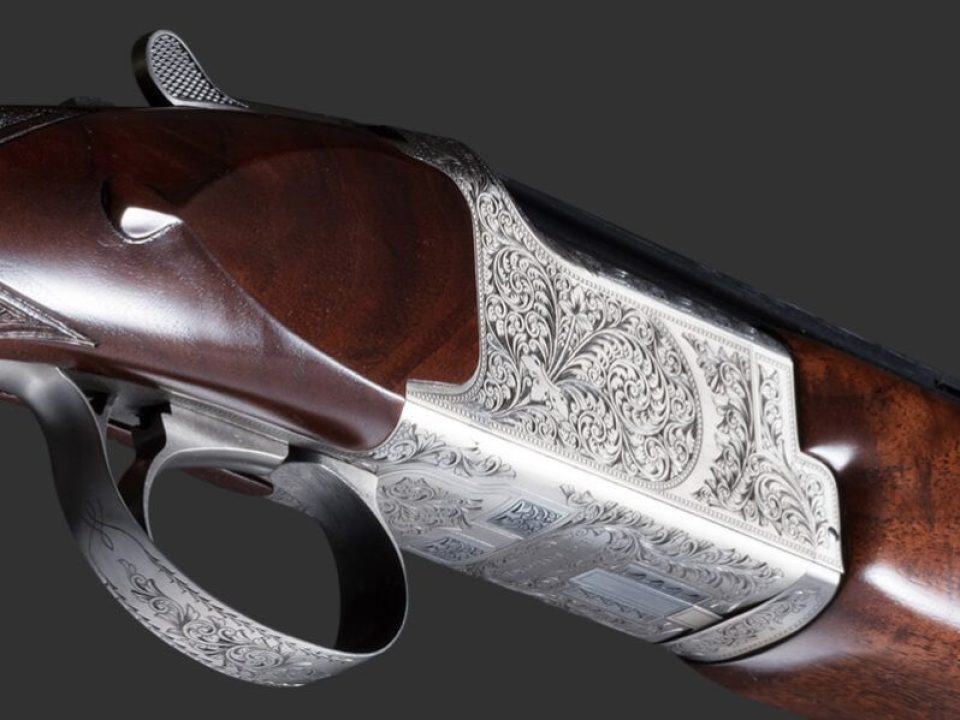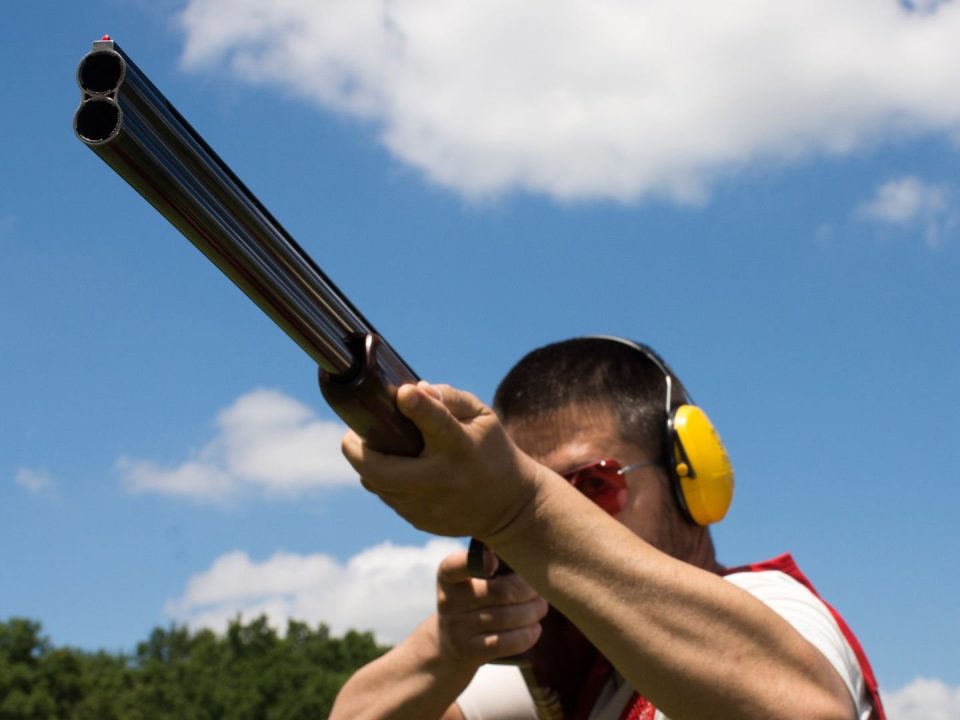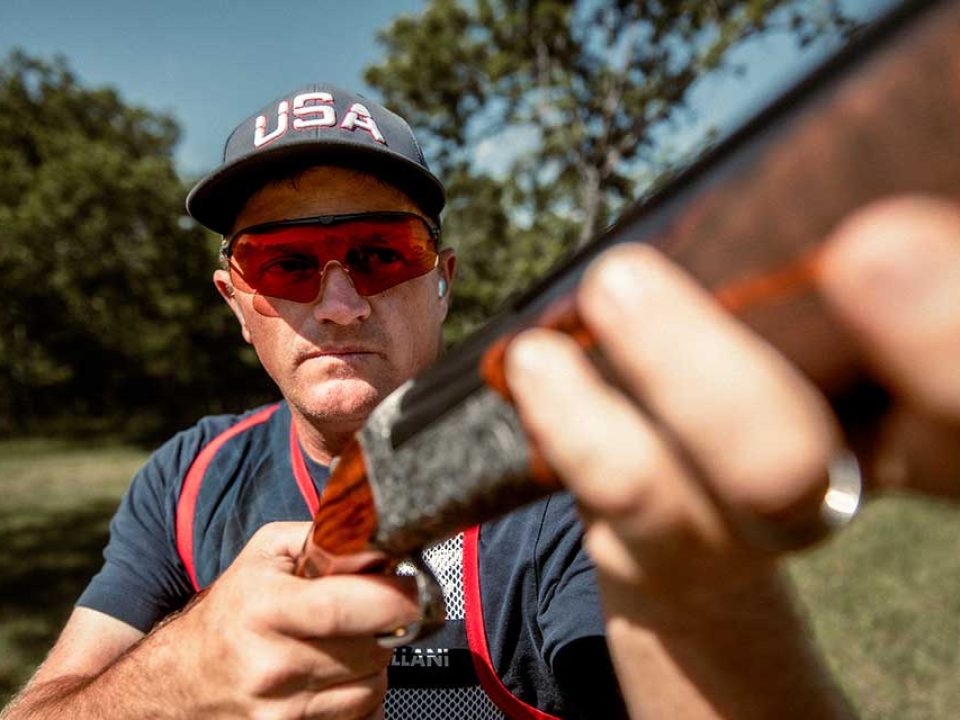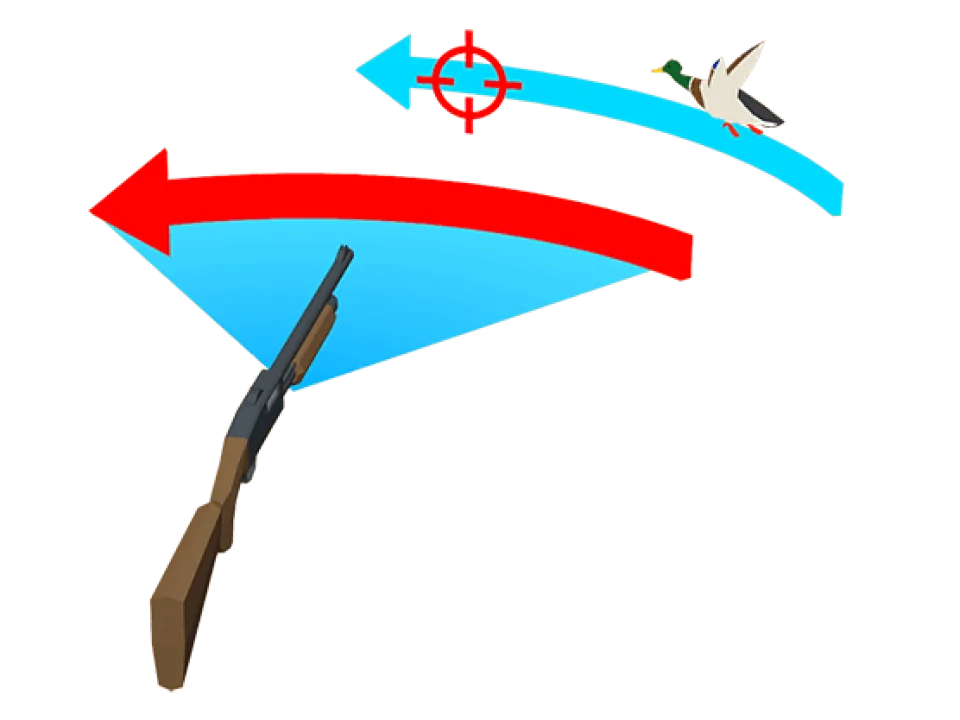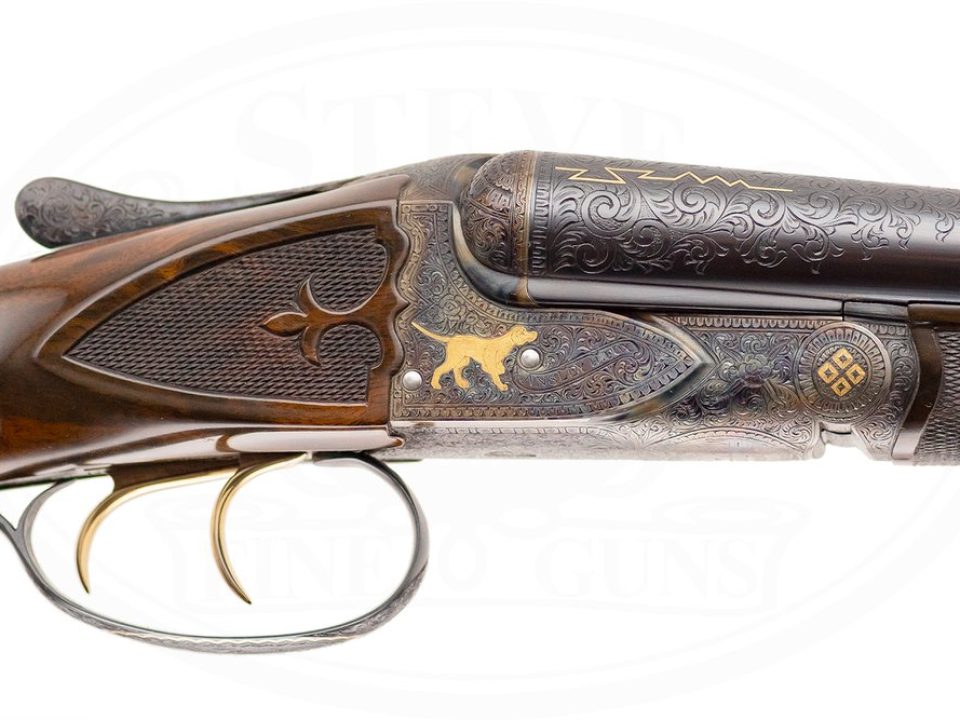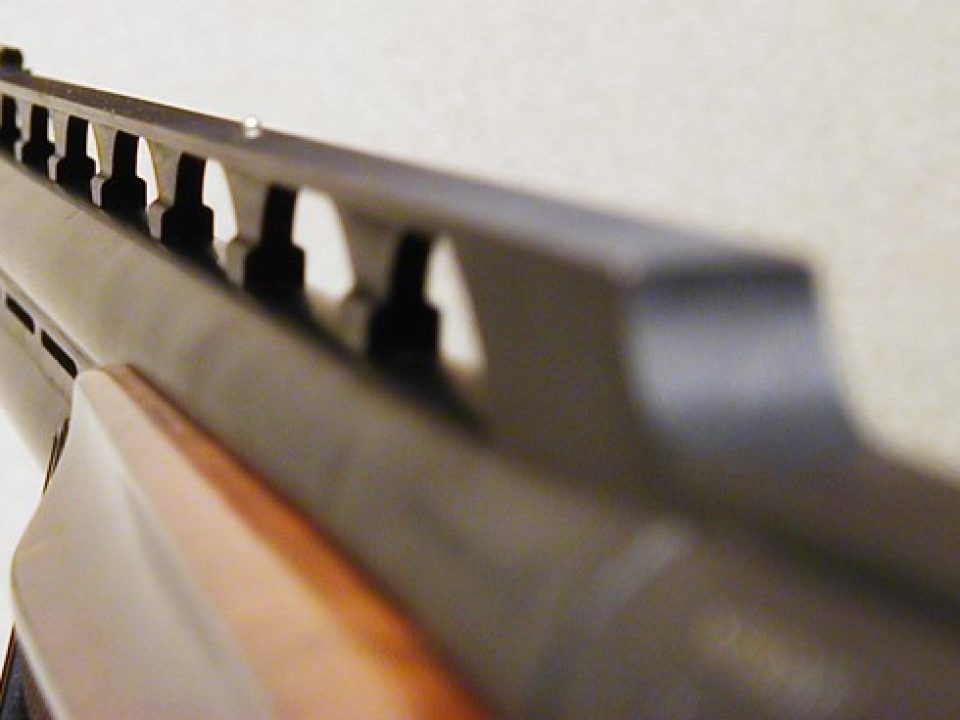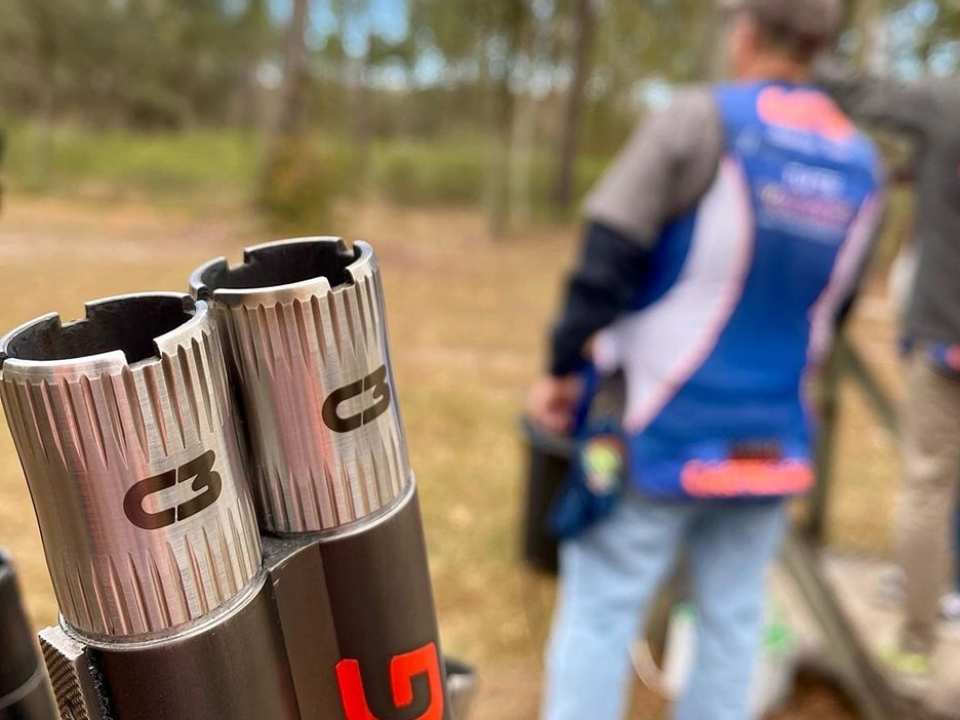Miroku Firearms Manufacturing Co. was founded in 1893 in Kochi, Japan by the skilled gunsmith Ugyo Miroku. Initially, Miroku made gun components, and it was not until 1941 that the company began producing complete firearms. After the Second World War, Miroku shifted its focus to sport shooting and hunting shotguns and rifles, which led to the establishment of its significant presence in the global market.
In the 1960s, Miroku partnered with Browning, which significantly expanded their international exposure. The strategic collaboration resulted in the production of some of the most sought-after shotguns, including the Browning BPS and the Browning Citori, both manufactured by Miroku.

